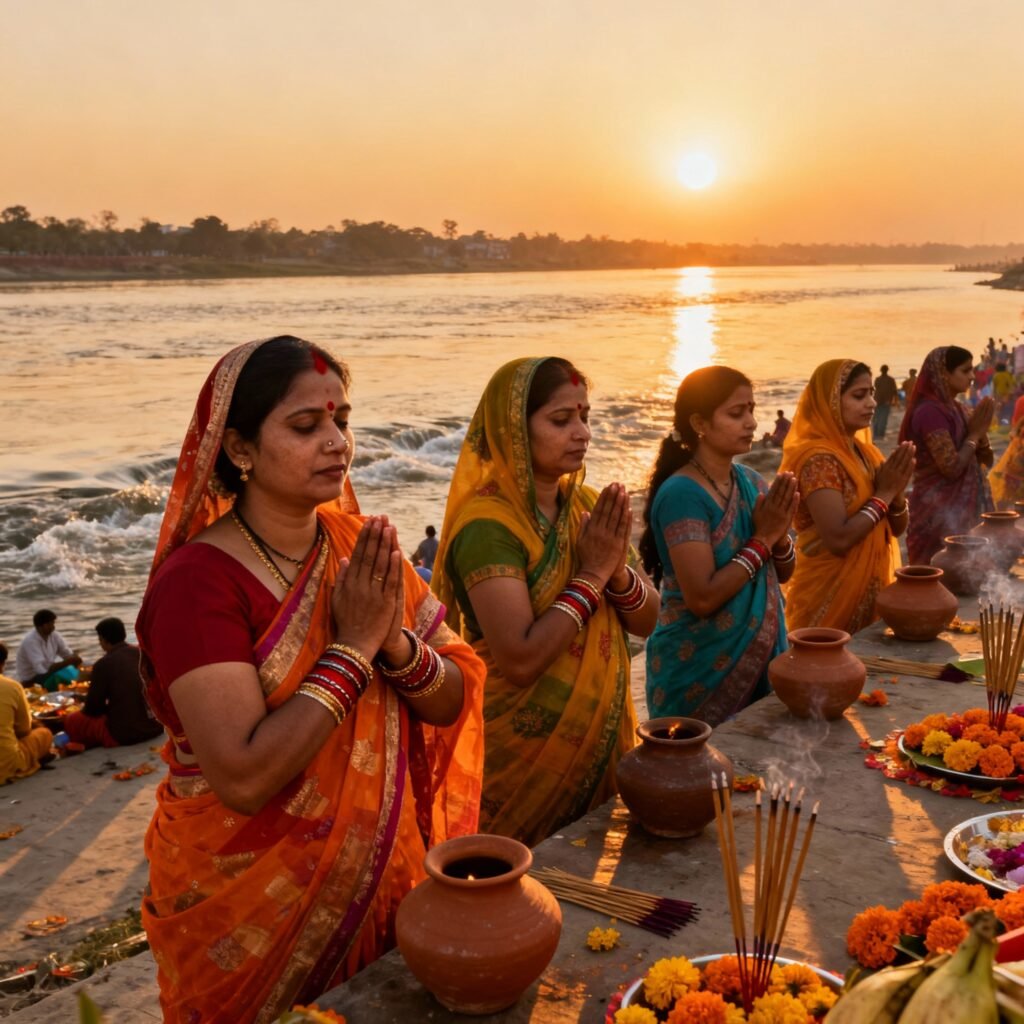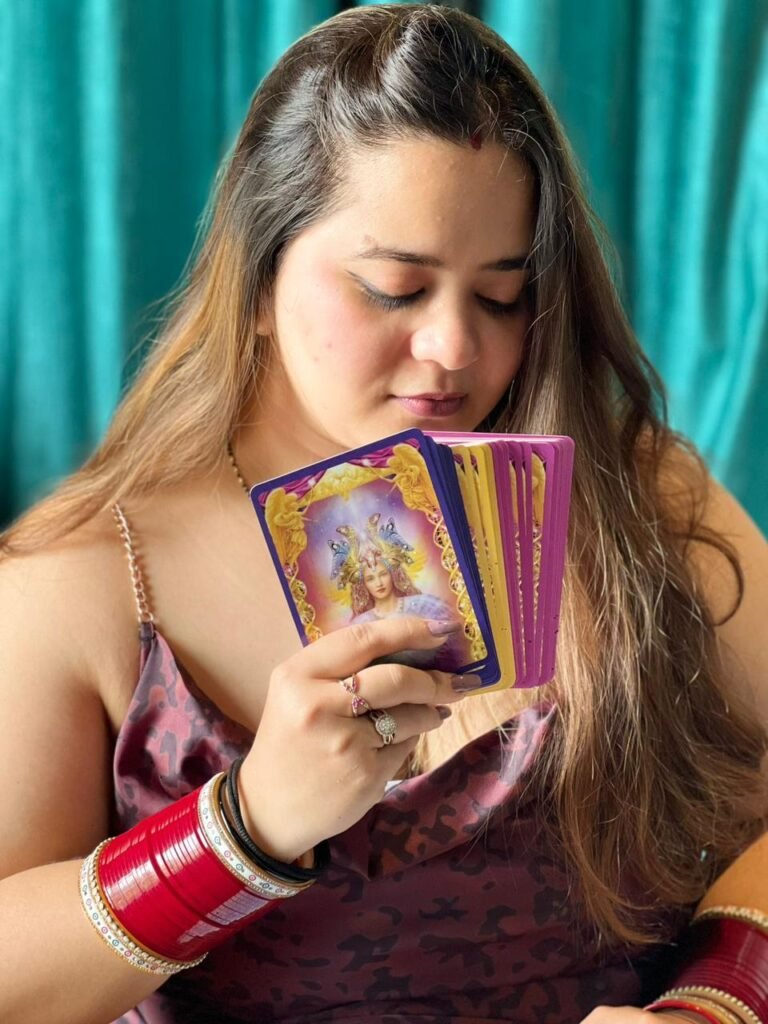Chhath Puja: Worshiping the Sun God and the Power of Devotion in Rural India
Chhath Puja stands as one of India’s most spiritually charged and eco-friendly festivals, revered especially in the northern states of Bihar, Jharkhand, eastern Uttar Pradesh, and even the Terai regions of Nepal. Rooted in simplicity and deep faith, this four-day festival is a unique celebration of Surya (the Sun God), Chhathi Maiya (the goddess of purity), and humanity’s connection with nature. Nowhere is its spiritual essence more pronounced than in rural India, where the festival’s rituals continue to mirror a way of life centered on gratitude, environmental balance, and collective devotion.
Origins and Mythological Significance
According to Hindu mythology, Chhath Puja finds references in both the Ramayana and Mahabharata. Legend has it that Lord Rama and Sita observed a fast and offered prayers to the Sun God after their return to Ayodhya. Similarly, Draupadi and the Pandavas are said to have performed Chhath Puja to regain their lost kingdom. Karna, the illustrious son of Kunti and the ruler of Anga (modern-day Bhagalpur), was known to be an ardent devotee of Surya and is believed to have started the tradition of Chhath Puja as well. These stories embed the festival within a rich spiritual framework, emphasizing not just worship but also renewal, perseverance, and justice.
Rituals Marking Purity, Discipline, and Devotion
Chhath Puja unfolds over four days with immense discipline and communal effort, especially in rural settings:
- Nahay Khay: The festival commences with devotees taking a ritual bath in rivers or ponds and purifying themselves and their households. Food prepared on this day is kept simple and pure, often cooked in clay pots over wood-fired stoves.
- Kharna: The second day involves an intense day-long fast, ending only after sunset with prasad—kheer (rice pudding), puri, and fruits. This meal, shared with family and neighbors, fosters a profound sense of community and gratitude.
- Sandhya Arghya: On the third day, families prepare ornate soops (bamboo baskets) filled with seasonal produce, including thekua (a special wheat-jaggery sweet), sugarcane, bananas, and coconuts. Devotees gather along water bodies at dusk, standing knee-deep to offer the first ‘arghya’ (water and offerings) to the setting sun. The ritual is accompanied by traditional folk songs echoing unity and reverence for nature
- Usha Arghya: The culmination of Chhath Puja happens at dawn, as devotees offer prayers to the rising sun. The 36-hour ‘nirjala’ (waterless) fast is finally broken after sunrise, but only after all rituals and prayers are complete.
The Rural Backdrop: Simplicity and Community
Chhath Puja is deeply embedded in the rural ethos. Villages in Bihar and eastern Uttar Pradesh become a kaleidoscope of devotion—riverbanks are meticulously cleaned, homes are adorned with natural rangolis, and community bonds are strengthened by collective preparations. Bamboo and clay, ubiquitous in rural India, are preferred for all offerings, emphasizing sustainability and the interdependence of humanity and nature.
For many villagers, Chhath is not merely a ritual but an emotional homecoming. Migrants from these regions often travel great distances just to partake in the festival at their ancestral homes, reinforcing the festival’s ability to unite families and communities across generations.
The Power of Devotion: Fasting, Faith, and Spiritual Strength
What sets Chhath Puja apart is the unwavering devotion—expressed through strict fasts, self-purification, and ritual abstinence. Many observe a nirjala vrata, refraining from food and water for up to 36 hours. Spiritual leaders and practitioners believe that true power lies not in elaborate rituals but in the heartfelt intention and discipline behind them. The hardships undertaken during Chhath are seen as a form of surrender and gratitude to the divine, channeling the life-giving power of the Sun into the devotee’s mind, body, and community.
Celebrating Nature: Environmental Harmony and Ecological Wisdom
Worshipping the Sun and river during Chhath is more than religious custom; it’s a powerful reminder of the vital role these elements play in rural life. Farmers especially see Chhath as an opportunity to thank the Sun for good harvests and to pray for future prosperity. Food offerings are seasonal, reinforcing an awareness of agricultural cycles and the earth’s bounty.
Noble values of environmental stewardship emerge from the festival—offerings are plastic-free and biodegradable, elaborate cleaning drives precede rituals, and there’s a holistic acknowledgment of human impact on nature.
The Unique Role of Women in Chhath Puja
While people of all ages participate, women often take on the strictest fasting and play a leading role in organizing rituals and community activities. Their devotion is celebrated in rural folklore, traditional songs, and the visible respect accorded to them during the festival. Many believe that the collective prayers of women during Chhath bring about harmony, protect children, and invite health and happiness for all.
Conclusion: Chhath Puja’s Lasting Spiritual Legacy
Chhath Puja endures as a luminous symbol of faith, purity, and community in rural India. It not only honors Surya—the source of all energy and life—but also reaffirms humanity’s intimate relationship with nature and each other. In an era where environmental consciousness and spiritual discipline are more important than ever, Chhath Puja stands out as a festival that binds tradition, devotion, and ecological wisdom into a vibrant, living practice for generations to come.


